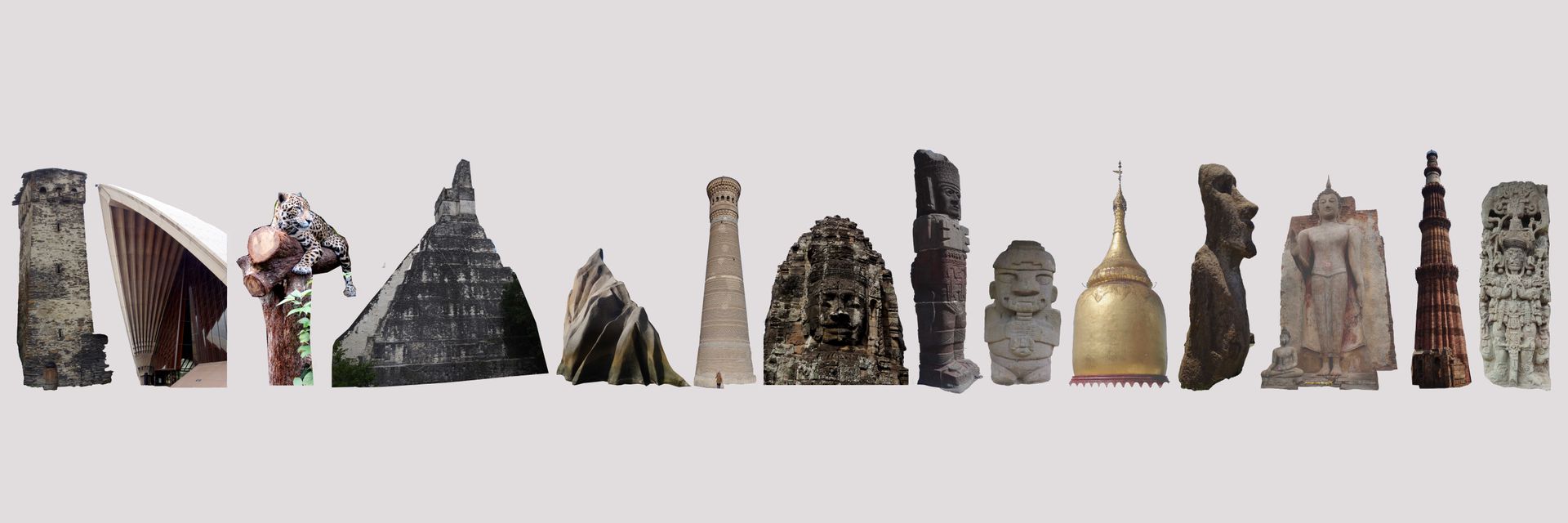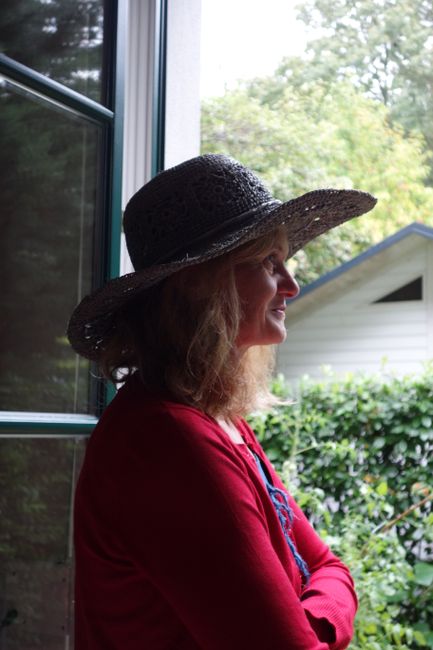Mexico - blown away
Diterbitkan: 26.02.2019
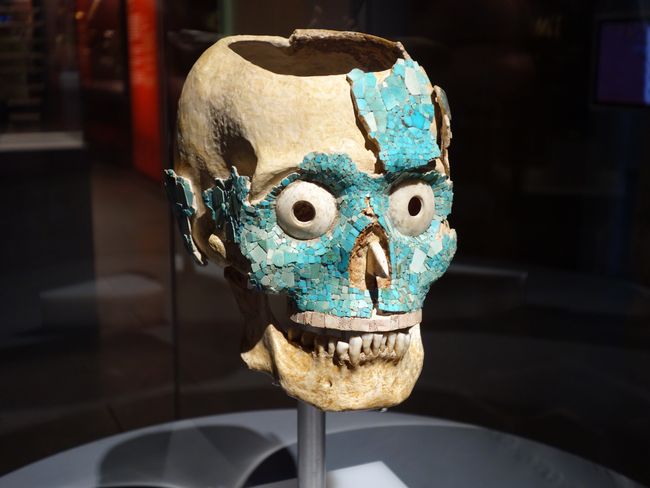
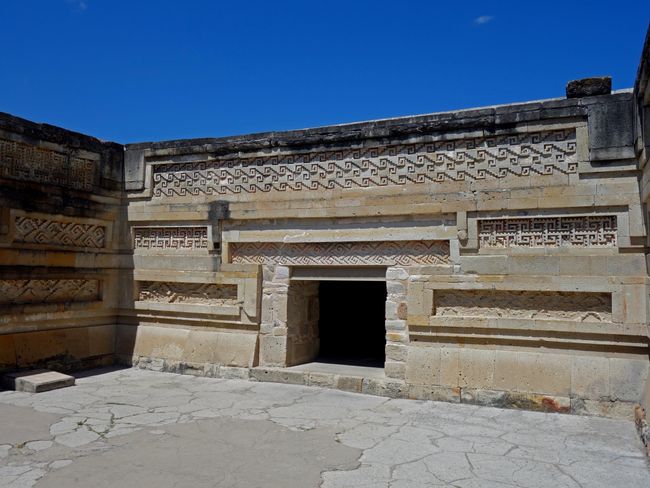
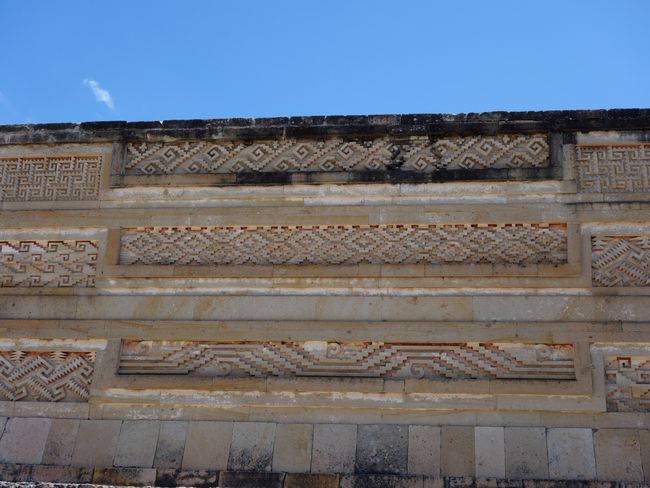
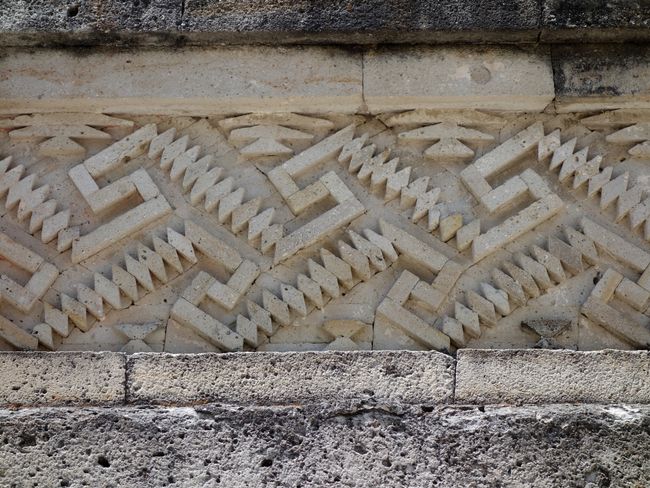
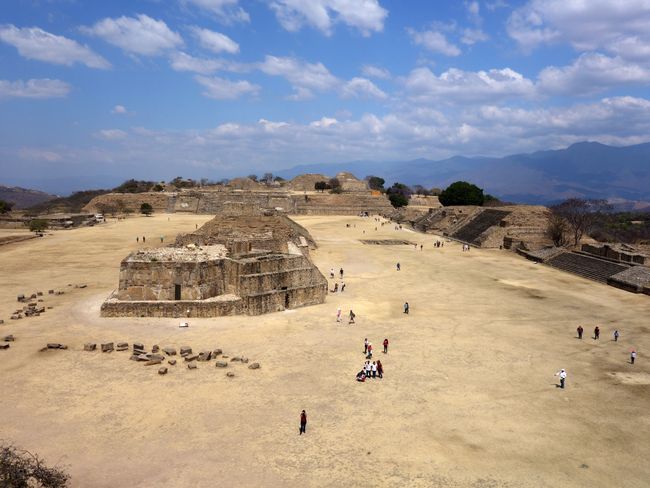
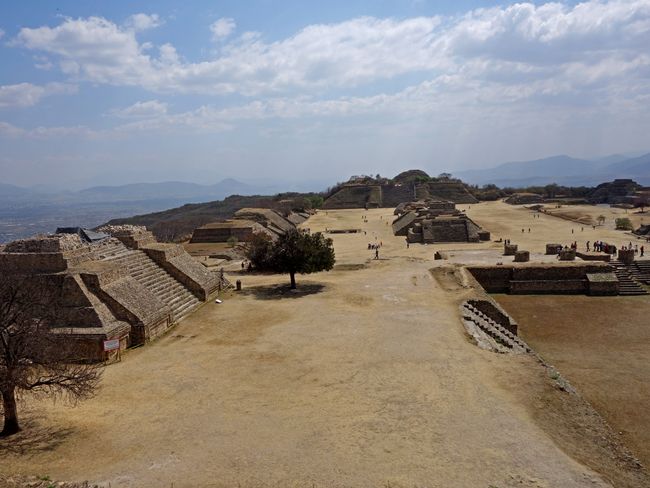
Berlangganan Newsletter
My dear ones, I am sitting in our last hotel in Oaxaca. The suitcases are packed for the return flight. And this is the second-to-last blog post. In Vienna, I will write a review of the sights, conversations, food, drinks, and readings, about disappointments and surprises, about annoyances and delights on our beautiful trip.
But now it's time to look back on five weeks in Mexico. To put it bluntly, Mexico was a disappointment overall - not as much of a failure as the Seychelles, not as depressing and dysfunctional as Guatemala, but far too often unpleasant.
Looking at the economic data, Mexico is one of the richer countries among our travel destinations. Nevertheless, in the villages along the many kilometers of road we covered by car, it was usually dreary: tiny concrete houses (mostly unfinished), bad roads (often unpaved in the towns), many garbage dumps. Occasionally, you come across a proper, plastered and brightly painted little house with a beautiful garden full of flowers in the most vibrant colors, but too rarely. In the colonial towns, the centers are enchanting, like here in Oaxaca, but outside the immediate center, desolation begins. The biggest attraction here is the Zapotec ruins of Monte Alban. Everyone who comes here takes a trip to the zona arqueologica, which is located on the outskirts of the city. That means everyone drives through a neighborhood on a terribly bumpy and potholed road that was a real slum not long ago and is now apparently on the path to improvement (you occasionally see 'good' houses on the hills).
In Oaxaca, many locals speak passable English, as many U.S. tourists come here and the city is targeting retirees from the states who want a nice and affordable retirement home. Elsewhere, only Spanish is spoken. In Tlaxcala, there is a tourist information center on the main square, where the employee naturally answered no to my question about whether he speaks English. In the hotel there, as well as at the World Heritage site El Tajin, the people at the reception desk do not understand a single word of English, not even the room numbers. So, these are all people who work in tourism - and by the way, are usually young. The mystery was solved at breakfast today by our B&B hostess: in Mexico, people generally become teachers by 'buying' the job. And so, while there is the subject of English for everyone, hardly any English teacher actually speaks English. By the way, you can also 'inherit' a teaching position," Yolanda explained. "One of her cleaning ladies quit to teach at a school. Her aunt had retired and kindly left her the job - without any mention of training to become a teacher. That's when we understood better how it's possible that the cashier at the small botanical garden in Campeche gave us 25 pesos as change for a 50-peso bill for the 20-peso entrance fee - and could only figure out with the help of a calculator what the hell was wrong with that."
A review: hardly anyone speaks English in Colombia either. Nevertheless, we moved around there without any problems and felt very comfortable. People helped us wherever possible: guiding us from bus to colectivo, etc., until we arrived at our destination, or speaking so slowly or listening so attentively that pleasant communication was possible (a big shout-out to our Nasa Indians in Tierradentro!). We encountered such social intelligence very rarely in Mexico. On the contrary, rudeness and outright impoliteness are the norm. Greeting at the hotel near El Tajin? No, not that! In Mexico, people rarely smile, let alone are they cheerful or even humorous. Everywhere you encounter a peculiar apathy, a kind of collective autism.
The fact that the food is not enjoyable did not make the stay any more pleasant. One eats corn tortillas: cooked and folded in various ways, accompanied by (in all kinds of impossible combinations): puree of black beans (which I actually like), avocados (which I actually love), cheese, cream, tomatoes, and meat (mostly chicken). For breakfast (where you can replace the meat with eggs), lunch, and dinner. If, for a change, nopalitos (cactus leaves), chipilin (a leafy vegetable), squash blossoms, huiztlacoche ("Mexican truffle"), avocado leaves, or grasshoppers were on the menu, our joy was overflowing. The fact that we find tequila nice, but not spectacular (if anything, it would be Don Julio Reposado), and mezcal is not our liquor of choice, prevented us from getting very drunk, even though I sometimes felt like it ;-)
Mexico is slow, and I am actually a friend of deceleration, but having to wait half an hour to three quarters of an hour for breakfast is grueling. Then, when the fruit is served first, followed by sweet pastries, and only at the end the eggs, chilaquiles, or burritos, the long wait is not made any better. Or when soup, appetizers, and main courses are served simultaneously at dinner.
But in conclusion, there are also positive aspects: what we visited (and I have already described in detail) was not the best of our trip, but definitely worth a visit: the in-depth immersion in Maya culture and above all the magnificent sites of El Tajin, Teotihuacan, and Tula. And now, at the very end, two wonderful ruined cities have been added, both a legacy of the Zapotecs, to which the Mixtecs have contributed their great craftsmanship. Monte Alban flourished at the same time as Teotihuacan (500-750) and shows similarities to the more famous site: In Monte Alban, too, the great quality lies in the stupendous urban layout. Here it is actually one giant square (and not a grand avenue) that has grown bigger and more magnificent over the centuries. The result is incredibly elegant despite its immense size. In one of the graves there, an absolutely beautiful treasure was found, which the Mixtecs made at some point between the 12th and 15th centuries: exquisite gold and silversmithing, jade, turquoise, and pearl jewelry, and a skull covered with turquoise flakes all over.
Our last visit was to Mitla, a late settlement of the Zapotecs, where they left behind palaces and tombs with imaginative stone ornaments. Unlike the older Monte Alban, but equally beautiful. In Oaxaca, where we visited the Zapotec ruins, we finally got to eat the famous moles: thick sauces for meat, made from chilies, nuts, tomatoes, chocolate in various wild combinations. The best one was the one with ground giant ants for pork. The spicy, creamy grasshopper soup before that was also quite good. The aromatic Café de Olla with star anise and cinnamon was as sweet and friendly as we would have liked Mexico to be. Whether we will come back to explore the Aztecs as well, remains to be seen.
Berlangganan Newsletter
Menjawab
